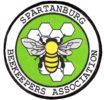We have members who will remove honey bee swarms from outside your home. If the bees are inside your walls this is called a cutout. A cutout is a specialized form of removal and there is usually a fee involved. We have listings for each type of removal. Look below for a listing for your area.
A swarm of bees sometimes frightens people, though the bees are usually not aggressive at this stage of their life cycle. This is principally due to the lack of brood (developing bees) to defend, and their interest in finding a new nesting location for their queen. Swarming is the natural means of reproduction of honey bee colonies.
Please note that wasps and hornets are often mistaken for bees.
Our members do not exterminate/Remove any insect other than Honey bees. Please refer to a professional exterminator if you have any insect in the wasp/hornet family.
*****PLEASE IDENTIFY YOUR INSECT BEFORE YOU CALL*****
What Type of Bee/Wasp Problem Do You Have?
These photos and descriptions of different types of bees, wasps, and hornets will help you accurately relay your stinging insect problem to a beekeeper so that he/she may better assist you when you call.
Picture of a Honeybee swarm on a tree branch.
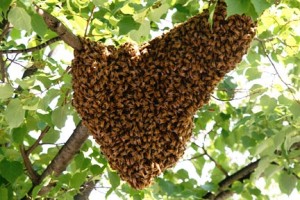
Yellow Legged Hornet !!INVASIVE SPECIES-CONTACT CLEMSON USING THIS LINK!!: https://www.clemson.edu/public/regulatory/plant-industry/invasive/ylh.html
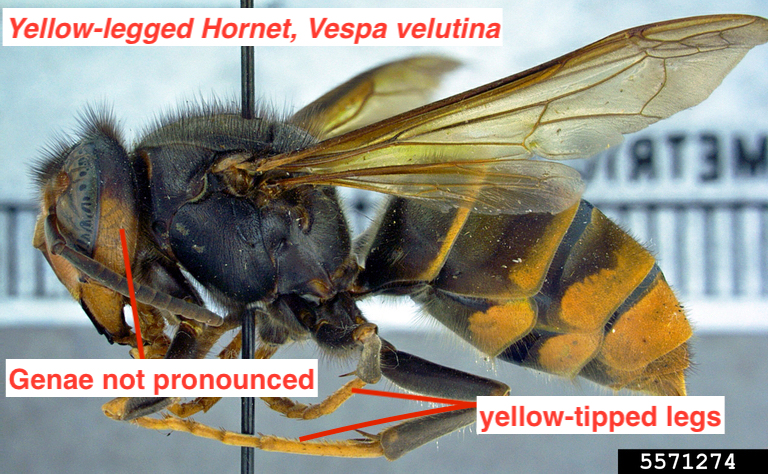
Bumble Bees: https://hgic.clemson.edu/factsheet/bumble-bees-around-the-home/

Yellow jackets: https://hgic.clemson.edu/factsheet/yellow-jackets

Carpenter Bees: https://hgic.clemson.edu/factsheet/carpenter-bees/

Bald-faced hornets: https://hgic.clemson.edu/factsheet/baldfaced-hornets/

European hornets: https://hgic.clemson.edu/factsheet/european-hornet/

Asian hornets: https://hgic.clemson.edu/asian-giant-hornets/

Paper wasps: https://hgic.clemson.edu/factsheet/paper-wasps/

Cicada killer wasps: https://entomology.ca.uky.edu/ef004
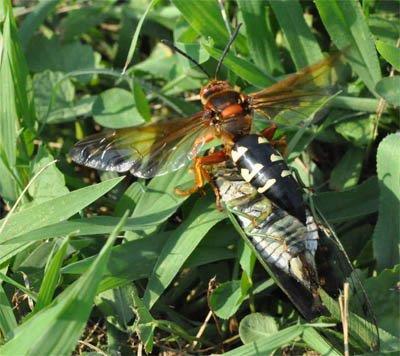
Mud Daubers: https://hgic.clemson.edu/factsheet/mud-daubers/

Remember, “your bee” may not look exactly like the photo; simply try to find the bee that looks the closest.
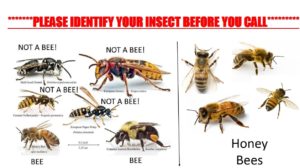
Click Here for swarm video
SWARM REMOVAL PERSONNEL
————————————————————————————————————–
Camp Croft Area – 15 mile radius
Swarm only
Joy Deer 864-449-5045
————————————————————————————————————–
Campobello and surrounding areas
Swarm only
Joe Wick 484-707-7597
————————————————————————————————————–
District 5 Spartanburg
Swarm only
James Martin 864-381-0057
————————————————————————————————————-
Duncan * Inman * Lyman * Welford
Swarms only
John Jarrett 304-444-8080
————————————————————————————————————–
Duncan * Fairmont * West Side of Spartanburg
Swarms only
Josh Tibbs 864-597-9610
————————————————————————————————————-
East Side of Spartanburg/downtown
Swarm only
James Dunn 864-948-2230
————————————————————————————————————-
East Side of Spartanburg/downtown * Glendale
Swarm only
Jessica Brown 508-963-0333
————————————————————————————————————-
East Side of Spartanburg * Converse Heights
Swarm only
Debbie Christopher 864-415-2217
Kathi Johnson 864-597-9803
————————————————————————————————————-
East, South, West Spartanburg
Swarm only
Frank Tiller 864-680-2250
————————————————————————————————————-
Pauline * Spartanburg * Jonesville * Union * Pacolet * Gaffney
Swarm only
Vivan Malave 864-384-3294
———————————————————————————————–
Moore * Spartanburg
Swarms only
Tina Nottingham 864-497-0937
———————————————————————————————–
Northern Spartanburg County * Will work other areas
Swarms and Cut outs/removals
David Ledford 864-921-7032
———————————————————————————————–
Pauline * Glenn Springs * West Springs * Spartanburg * Union * Gaffney * Laurens
Swarms only.
Jeff Lindsay 864-415-3606
————————————————————————————————————-
All Up-State; Spartanburg *Greenville * Oconee * Cherokee * Union * Laurens * Anderson and the connected North Carolina counties Polk.
Swarms. Cut outs/removals for a fee. Call for a quote.
Rodney Middleton 864-357-2109
————————————————————————————————————-
All Up-State * Will work other areas
Swarms. Cut outs/removals for a fee. Call for a quote.
Zachary Gellman 828-460-7595
G’s Honey Bee Removal, LLC
————————————————————————————————————-
All Up-State * Will work other areas
Swarms. Cut outs/removals for a fee. Call for a quote.
Robert Freeman 864-535-9526
Freeman’s Honey Bee Removal, LLC
————————————————————————————————————-
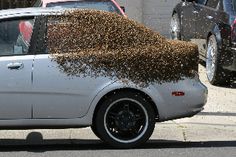
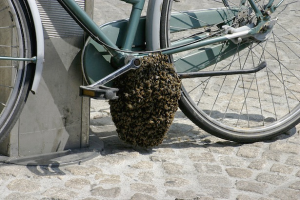
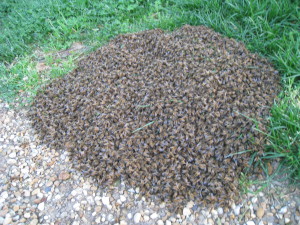

Have a swarm? We have members who remove swarms from trees, fences, the ground, and buildings.
